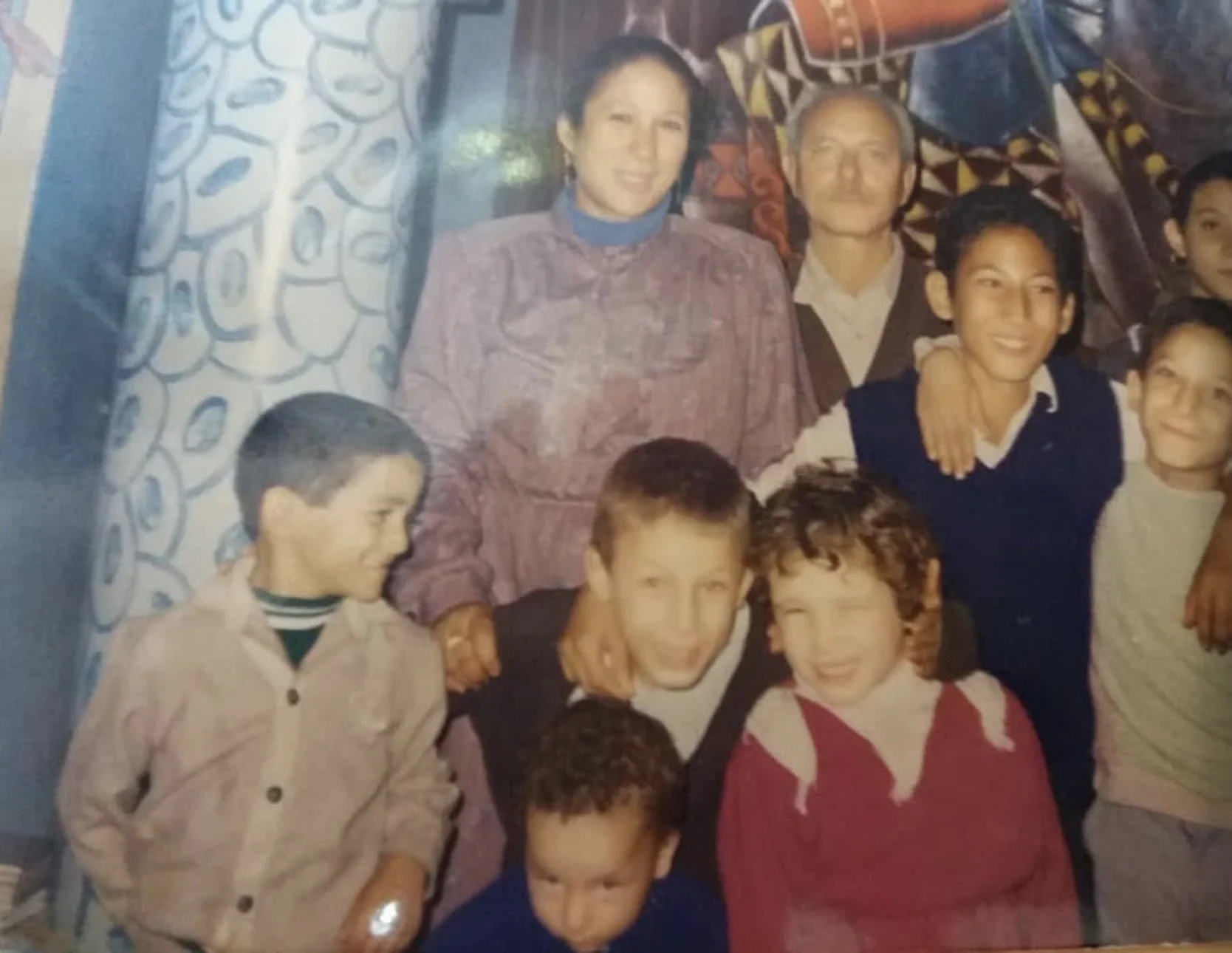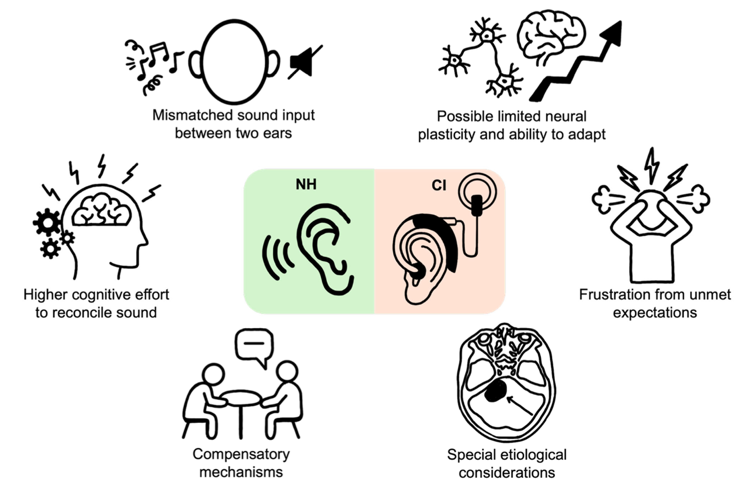For Mother’s Day, we’re revisiting one of our favorite stories of being a mom with a hearing loss who takes her otosclerosis all in stride, misplaced hearing aids and all.
By Naomi Azrak
My hearing loss happened seemingly overnight in my mid-20s. At the time, I was working on the trading floor of a Wall Street firm in New York City. As part of my daily business in sales, I was often simultaneously on two phone lines.
Naomi and her family.
Among the limited items on my slab of a desk were two phone handsets that took a beating. When my right handset suddenly stopped working one morning, a tech support guy arrived quickly with a replacement.
I called him soon after to say the new handset was also faulty. He returned with yet another handset, but this time he also checked the existing one. We argued, and he finally left me with a third handset.
When I still couldn’t hear with this one, I switched the handset from right to left ear and realized—uh-oh—that the handset worked, but my right ear didn’t.
I was diagnosed with otosclerosis in my right ear. Otosclerosis is a hereditary disorder causing progressive hearing loss due to the overgrowth of bone in the middle ear or, less commonly, inner ear.
My hearing loss was defined as “moderately severe, sloping upward to mild”—which basically means I don’t hear at all at the exact frequencies of my husband’s voice. Soon after the diagnosis, I was hearing well with a completely-in-the-canal (CIC) hearing aid, which I have worn ever since.
Mind you, I am not wearing that same hearing aid; I have had many after a string of lost devices over the years. The loss of the first hearing aid—when my dinner host thought it was a piece of steak and threw it off the balcony of her New York City apartment—led to my special request of a blue hearing aid, which is the standard color of a left-ear hearing aid.
The standard red for a right-ear hearing aid looks too much like steak, and also, as it turns out, like mulch. My husband and I, along with our dinner hosts, dug for an hour in mulch beneath that apartment balcony looking for my red device.
This color inconsistency never ceases to throw off audiologists, who continue to try to replace my aid in the wrong ear. (What may throw off other people is the idea of tossing a bit of meat off the balcony of a New York City apartment!)
I long stopped working in an office and enjoyed being home with my kids, ages 11 and 9. They’re accustomed to the whistle of my hearing aid now and then and my occasional lack of response when I’m not wearing it. They even know where I keep my size 10 batteries in my pocketbook (and will replace batteries for me while I’m driving).
I’ve found my hearing loss to occasionally work in my favor—I can sleep with my good ear to the pillow to block out any noise, for example. But the flip side is that I couldn’t always hear my baby crying, and I have slept through a buzzing alarm clock more than once.
I worry about my kids inheriting my condition as much as I worry about them inheriting my bad eyesight and bad teeth—which is to say, not a lot. I haven’t felt embarrassed about my small disability or need to use a hearing aid, and incidentally, I have no family history of otosclerosis, and even my identical twin sister’s ears are both fine.
I am grateful for technology and healthcare, which have not only allowed me good hearing (thanks to my hearing aid) but also good eyesight (thanks to Lasik surgery) and good teeth (thanks to braces). Now, if hearing aid manufacturers can just produce neon-colored or GPS-enabled aids, I’ll be all set.
Naomi Azrak lives in Connecticut with her husband. This originally appeared in the Spring 2014 issue of Hearing Health magazine. Their kids are now in college, and Naomi works at the nonprofit The Acceleration Project.
See more from our mom contributors Emily Truell, writing about May awareness months that are especially personal, and Alaine Jacobs, on hope for moms when a child is diagnosed with a hearing loss.







An audiologist shares the science behind Halloween’s eeriest noises.